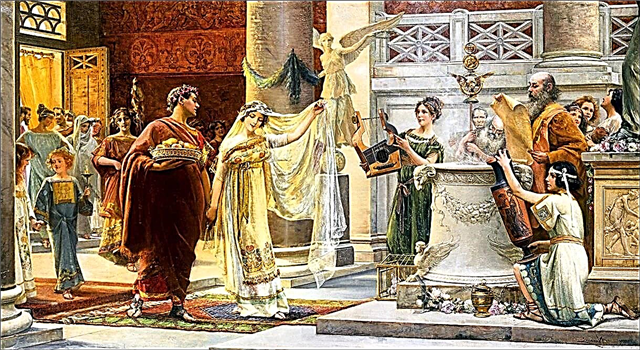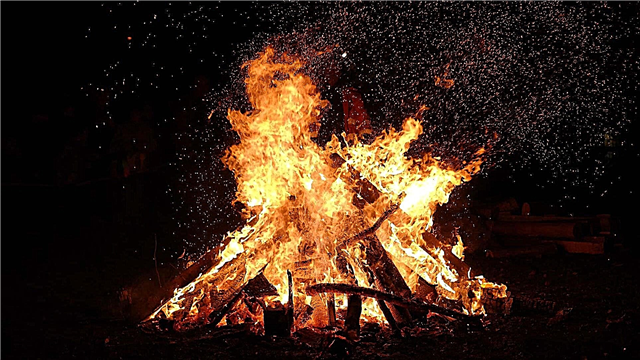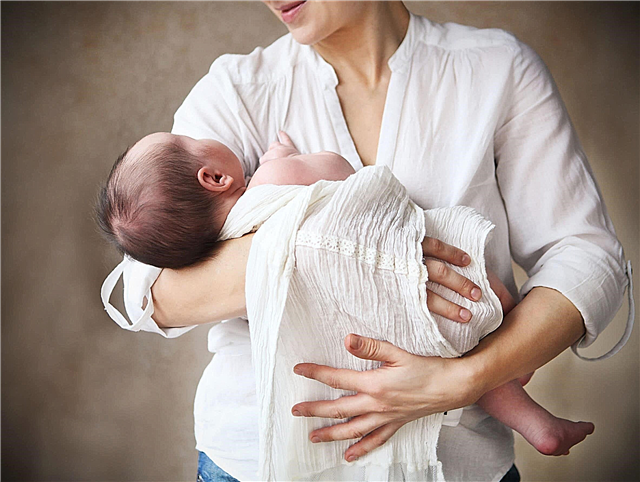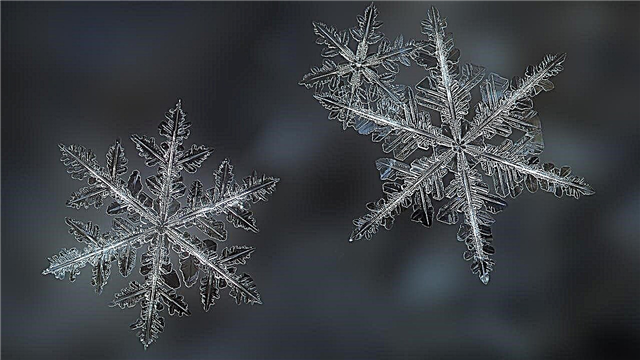
Orthodox people celebrate Christmas Day at night from January 6 to 7. What is the reason for the difference in dates, why is the situation today like this?
This situation with the holidays is quite natural. Turning to the history, the features of calendars and the periods of their introduction, you can easily figure out the details.
Christmas in different versions of the reckoning

The difference in the dates of the celebration of Christmas was laid about 500 years ago, in 1582, due to the introduction by Pope Gregory of the XIII calendar, which was called the Gregorian. In the future, the reckoning of it began to be called the "new style." Before him there was a Julian version, marked as the "old style". Between these two calendars there is an error increasing every century. By the 20th century, the difference was 13 days. The Gregorian calendar was introduced in Europe, it was not recognized in Russia for a long time, only in 1918 it was decided to switch to it for the convenience of international relations. The church did not support the new trends, remaining under the old style, without shifting the holidays, memorable dates, firmly rooted in traditions.
The New Julian calendar was created in 1923, the initiator of the decision was the Patriarch of Constantinople. The Russian Orthodox Church did not participate in the meeting regarding its creation, but Patriarch Tikhon soon issued a decree dictating the need to switch to this version of the chronology. But again, the initiative provoked a protest, after a short period of time the decision was canceled.Continuing to use the old Julian calendar, Orthodox believers in Russia, Ukraine, and a number of other countries are waiting on January 6 to start celebrating with the first star that has ascended. Catholics and Protestants are waiting for the holiday on December 24th.
Interesting fact: the New Julian model is the most accurate, the discrepancy with the astronomical one day will accumulate in only 40,000 years. The Gregorian creates such an error for 3333 years, the old Julian - for 128 years.
Where did the tradition of celebrating Christmas come from?
Christmas is a religious holiday designed to perpetuate the day on which Jesus Christ appeared. According to church traditions, the place of his birth is considered to be Bethlehem. This date began to be celebrated from about the 4th century - at least, it was with this period that the first mention of the celebration dates. The actual date of birth of the biblical character is unknown, disputes are being held on this today. However, the holiday within the framework of the mentioned dates is celebrated in more than 100 countries of the world, in most of them it is a state one.
The motives of the celebration combine the early pagan and later, directly Christian motives.
The Gregorian style brings the date of celebration to the winter solstice, a pagan celebration with a history of several millennia. With the advent of Christianity, new traditions were supposed to supplant earlier ones, but people hardly abandoned old memorable dates. And therefore, the practice of imposing a new meaning on the old, already adopted dates of celebrations was everywhere observed.Christmas, as one of the largest church celebrations, was most conveniently timed to coincide with the equally large pagan day of worshiping the gods, especially since they shared a common symbolism. After all, pagans greeted the winter solstice as the day on which the young sun god of the coming year was born.
So, the Christmas tree, which is now placed in almost all houses in Europe, Russia and America, is an echo of the German pagan tradition, within which this tree symbolized wealth and fertility. Its transformation into a symbol of a tree of paradise occurred much later, as well as the tradition of decorating branches with balls, toys. The feast taken on this day, the breaking of bread also came from paganism.
Summarizing, it is worth emphasizing once again: the difference in the days of the celebration of Christmas was caused by the change of calendars. There is an error between the Gregorian and Julian calendars, which gave rise to the Old and New chronological styles, the difference between which is today 13 days.












